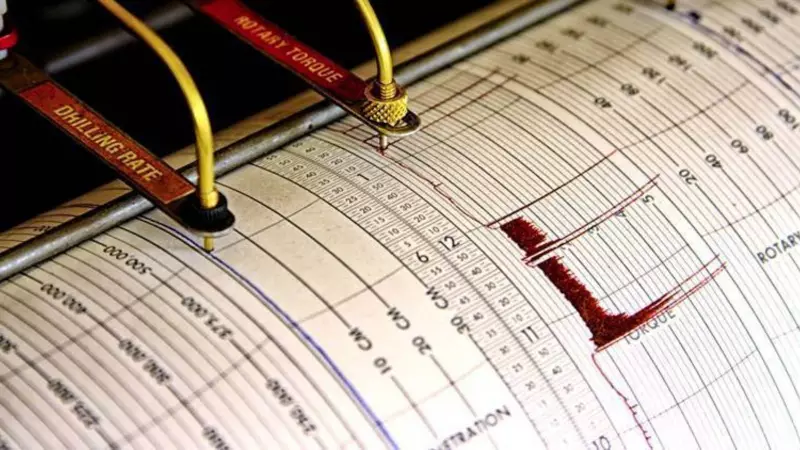
A substantial earthquake measuring 5.5 on the Richter scale struck northeastern China on Tuesday, sending tremors through the region bordering North Korea. The seismic event has put authorities on alert and raised concerns about potential aftershocks in the geologically active zone.
Ground Shakes in Border Region
The earthquake originated in China's Jilin province, an area that shares a sensitive border with North Korea. According to the China Earthquake Networks Center (CENC), the quake occurred at a depth of approximately 10 kilometers, making it a shallow seismic event that typically causes more noticeable shaking at the surface.
Initial reports indicate the epicenter was located near the Yanbian Korean Autonomous Prefecture, a region known for its ethnic Korean population and strategic importance. The timing of the earthquake - during daylight hours - meant many residents were awake and immediately felt the ground movement.
Regional Impact and Response
While detailed damage assessments are still underway, early indications suggest the earthquake was strongly felt across multiple cities and towns in the province. Local authorities have activated emergency response protocols, with disaster management teams being deployed to assess the situation.
"The earthquake monitoring systems immediately detected the seismic activity," stated a representative from the earthquake administration. "Our teams are working to gather more information about potential damage and ensure public safety."
Geological Context and Historical Seismicity
The China-North Korea border region has experienced seismic activity in the past, though earthquakes of this magnitude are relatively uncommon. The area's complex geology, including the presence of several fault lines, makes it susceptible to occasional tremors.
Seismologists are analyzing the data to determine the specific tectonic causes behind today's event. The region's proximity to the Korean Peninsula adds another layer of geological complexity that experts are examining.
Safety Measures and Public Advisory
Local authorities have issued standard earthquake safety guidelines to residents, including:
- Staying away from damaged buildings and structures
- Being prepared for potential aftershocks
- Following official updates from earthquake monitoring agencies
- Reporting any significant damage to emergency services
The absence of immediate reports of casualties or major structural damage provides some relief, but comprehensive assessments are continuing throughout the affected areas.





